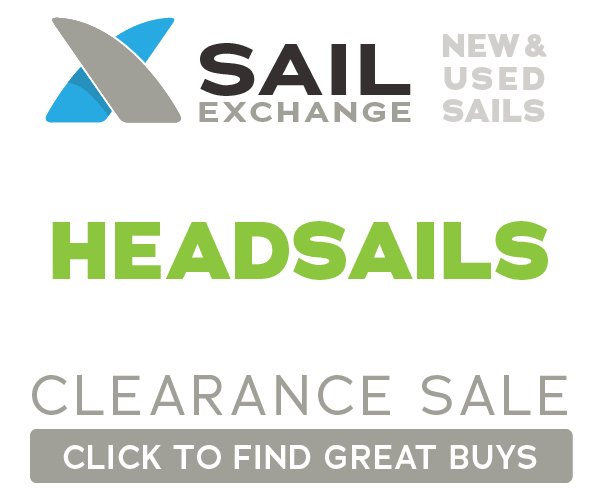Humane killing of fish + Video
by Carl Hyland on 23 Sep 2012

The spot to aim for, the fish’’s brain. Tim Wright
After you have caught your fish, have you ever wondered what to do with it next? Many seasoned anglers have this knowledge but if you are new to the game or wish to know more, read on.
Fish that are dispatched after capture in a ‘humane’ way are more toothsome and suffer less stress. This is reflected in the texture of the fish upon the plate. I could not imagine consuming a fish that has been left to slow die then dry out in the sun as say compared to a fish, tapped on the head or spiked and placed in ice slurry.
All fish that are caught for eating should be handled carefully to reduce stress and humanely killed as soon as possible after capture. Humane killing requires that the fish is stunned (rendered instantaneously insensible) before being bled out.
Fish should remain in water until immediately prior to stunning. There are two methods that can be used to stun fish caught by hand: percussive stunning and spiking also known as iki-jime.
Stunning involves a forceful and accurate blow to the head with a blunt instrument. Most modern anglers who capture fish use a small billy club known as a ‘priest’ .The force required will depend on the size of the fish. The blow should be aimed just above the eyes to impact on the brain. The effectiveness of the stun should be checked and another blow applied if the fish is not unconscious. This can also prevent injury to the angler, imagine trying to hold on to a large fish and remove a lure from the fish’s mouth? The results in the photos speak for themselves.
Spiking involves driving a sharp spike (such as an ice pick or a sharpened screwdriver) into the brain of the fish. The spike should be placed in a position to penetrate the brain of the fish and then pushed quickly and firmly into the skull. The impact of the spike should produce immediate unconsciousness. The spike should then be moved from side to side to destroy the brain. The fish will give a slight muscular movement then will relax. After stunning or spiking, the fish should be bled out by cutting the gills or, with larger fish, a main artery. These are the two preferred killing methods endorsed by Australia's National Code of Practice for Recreational and Sport Fishing.
The following methods are not suitable for killing fish as they do not result in a rapid or humane death: chilling with ice in holding water, carbon dioxide in holding water; chilling with ice and carbon dioxide in holding water; salt or ammonia baths; asphyxiation by removal from water; bleeding out without stunning.
Whichever method you use, act responsibly with your recreational angling; keep only what you need for a feed and if you are not into consuming fish you capture, let them go.
If you want to link to this article then please use this URL: www.sail-world.com/102286

